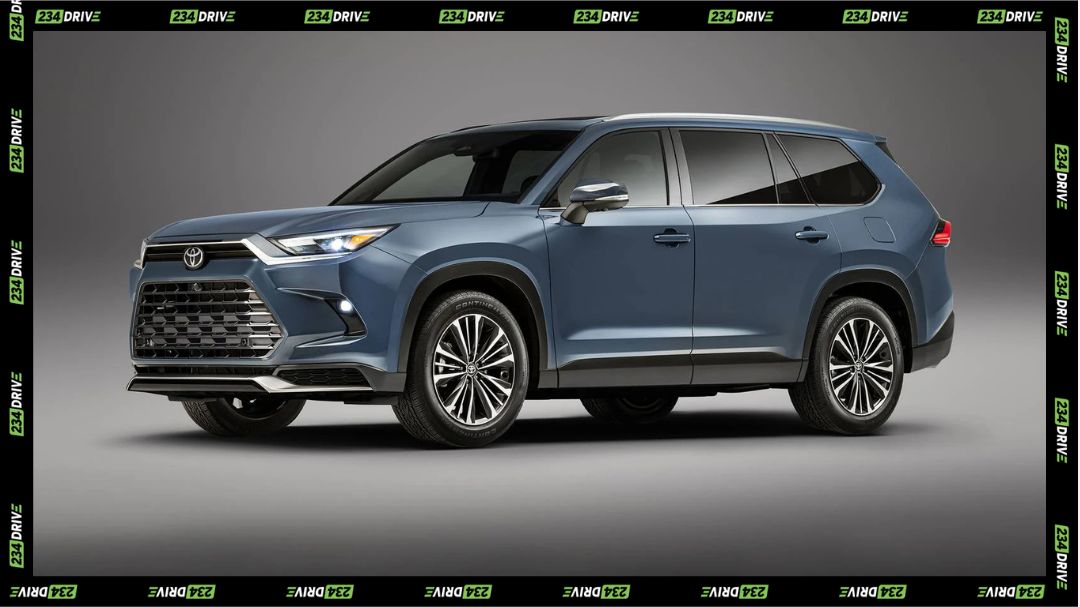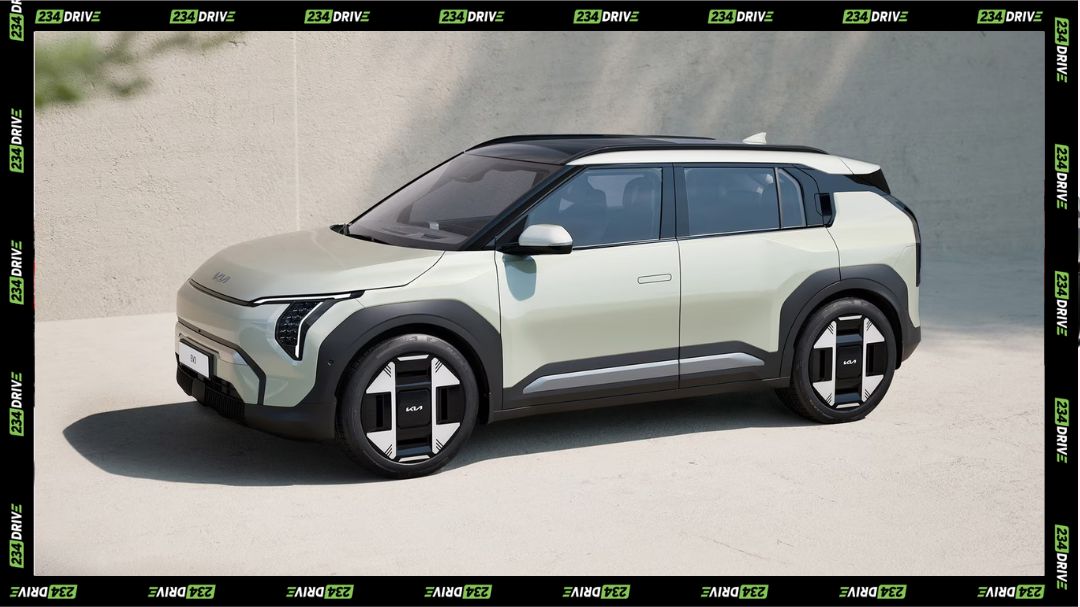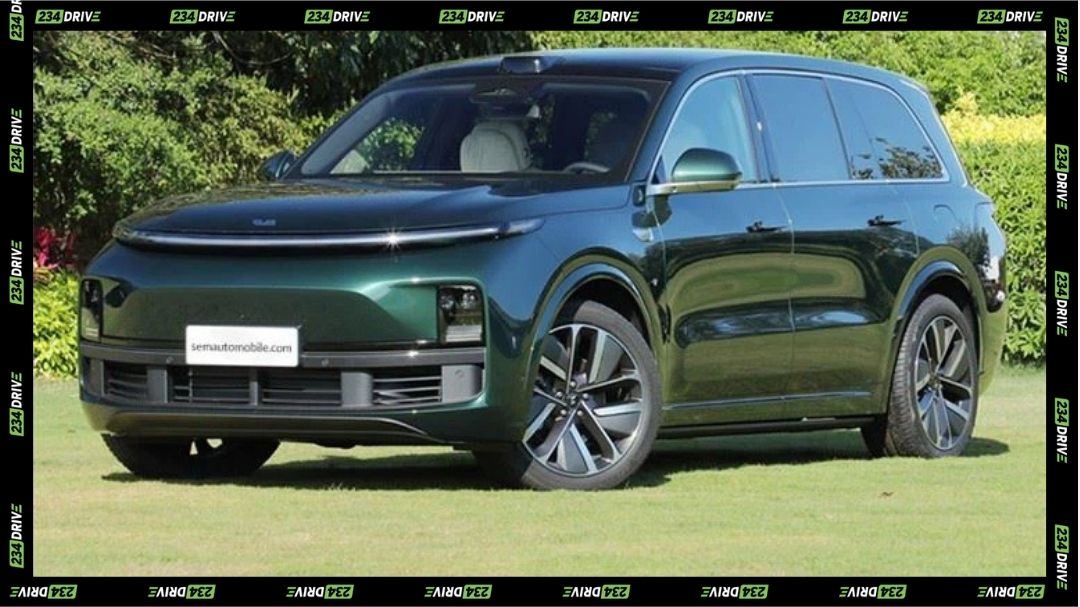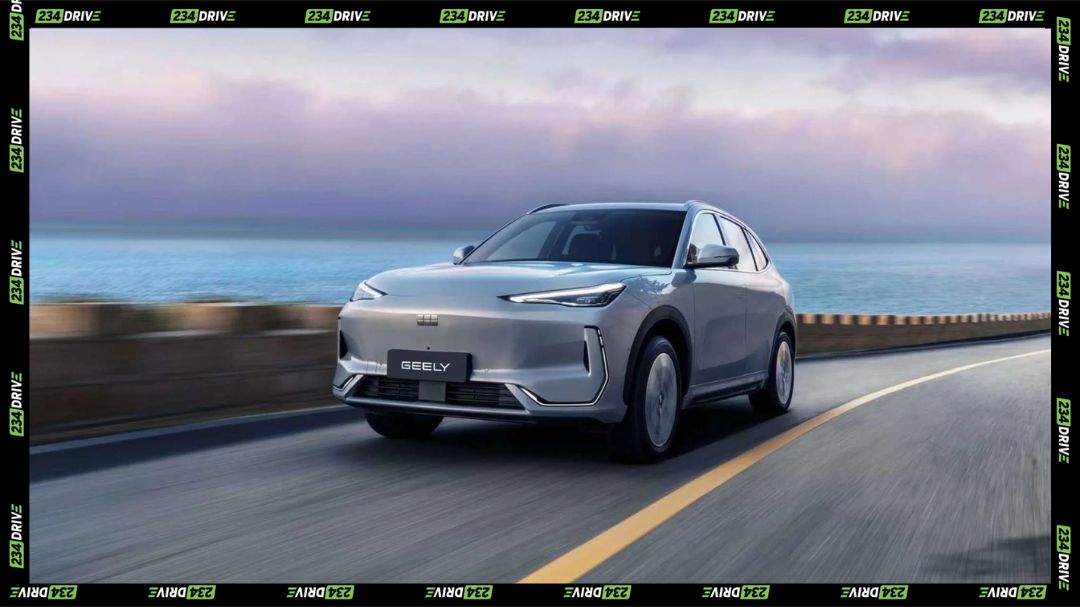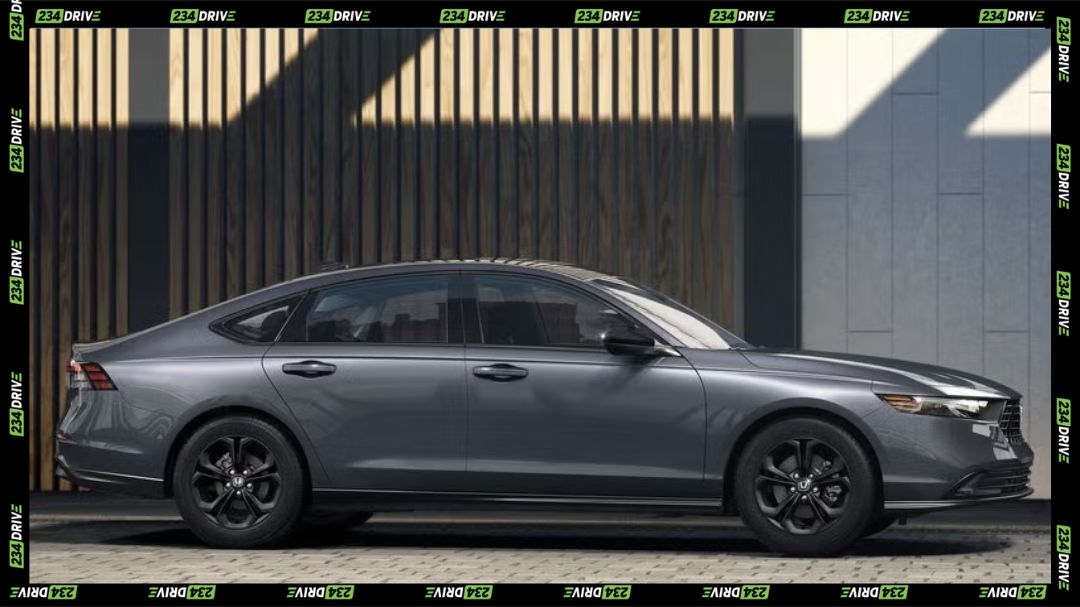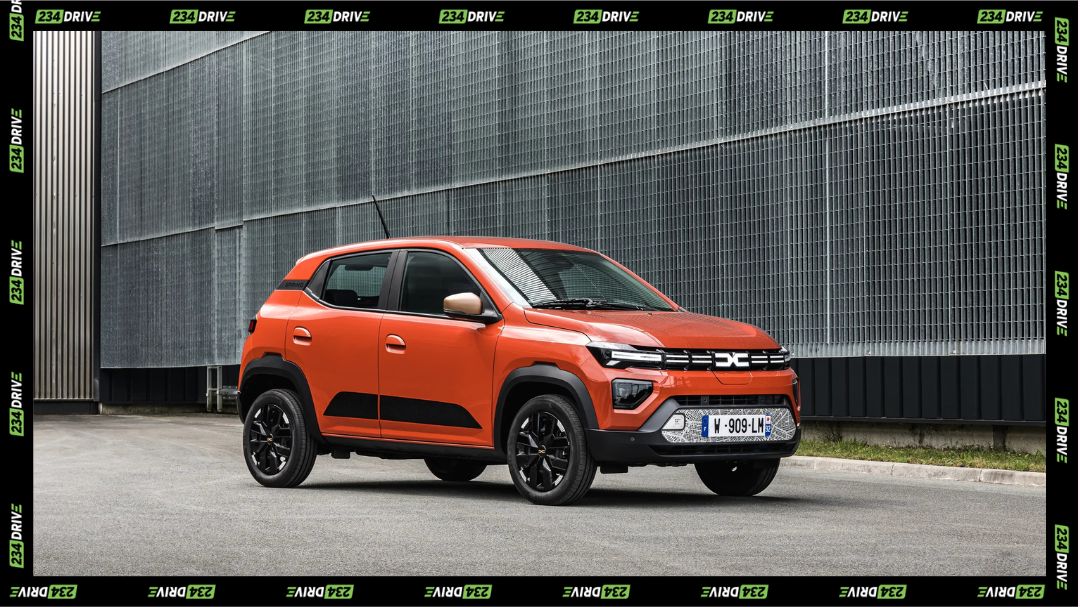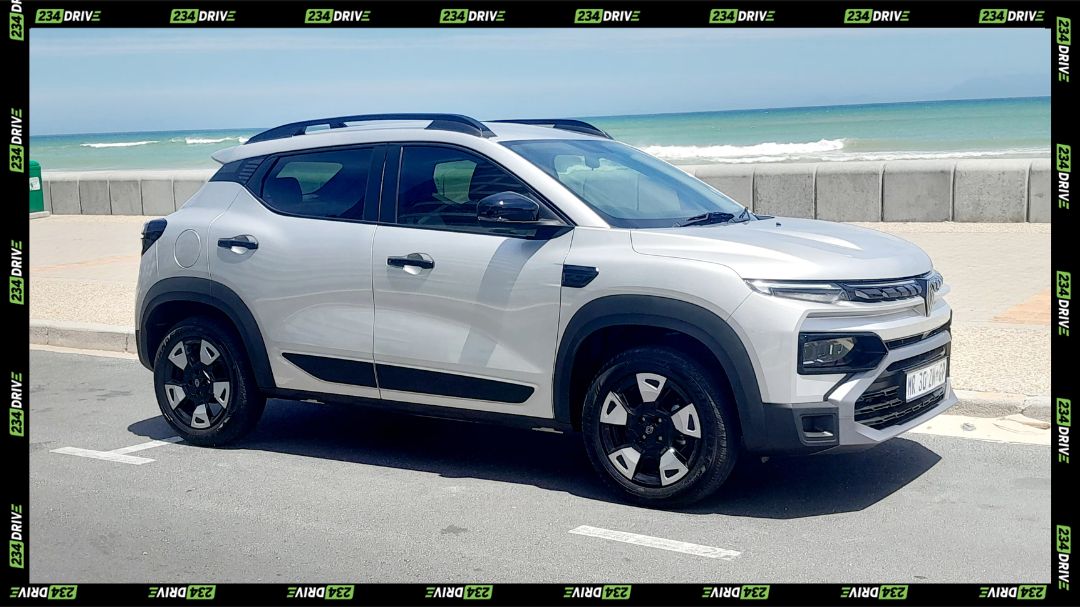In 2025, performance cars have reached levels once thought impossible for road-legal vehicles. Street-legal hypercars now deliver between 1,300 and more than 2,300 horsepower, pairing extreme engineering with exclusivity and advanced design. Each model reviewed here represents the highest expression of its brand’s technology, design language, and performance goals.
This article highlights the ten most powerful production cars of 2025. Each section blends exterior styling, interior design and technology, performance, estimated pricing, and production volumes into two connected paragraphs.
Koenigsegg Gemera – 2,300 HP
The Koenigsegg Gemera, priced at around $1.7 million with only 300 units produced, is the first four-seat hypercar to deliver more than 2,000 horsepower. Its long sculpted body and unique dihedral doors give it a commanding presence, while its aerodynamic form ensures performance remains at the forefront. The Gemera’s proportions manage to balance elegance with aggression, making it as much a visual statement as it is a mechanical marvel.
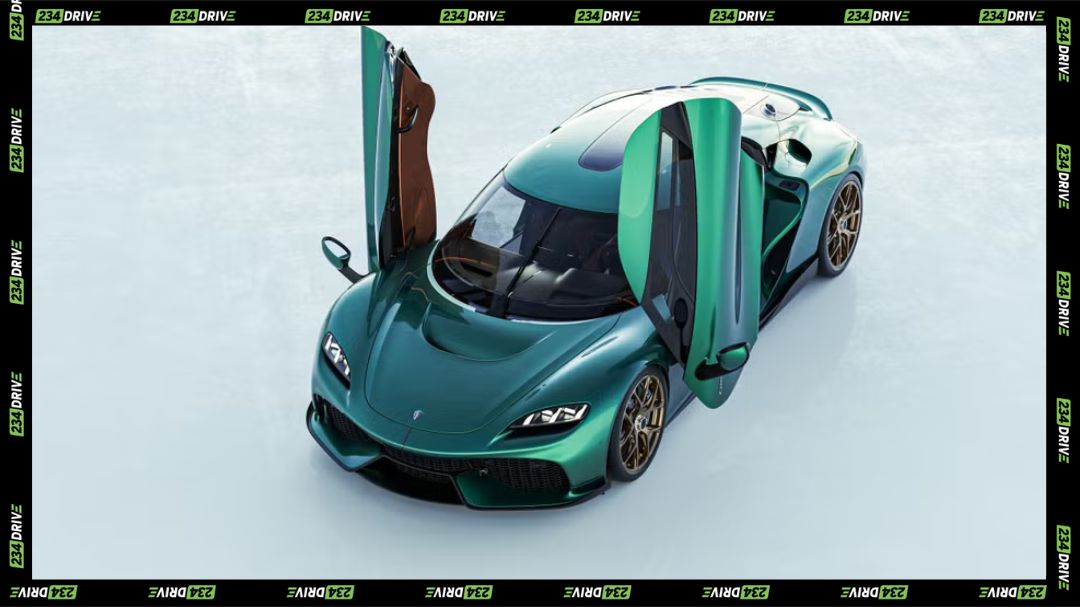
Inside, the Gemera defies hypercar norms by offering space for four passengers and practical luggage capacity. Premium leather, expansive digital displays, and an advanced infotainment system set it apart from two-seat rivals. Power comes from a twin-turbo V8 combined with three electric motors, producing a staggering 2,300 horsepower. This hybrid system allows both brutal acceleration and flexible driving dynamics, marking the Gemera as one of the most versatile hypercars of its generation.
Rimac Nevera R – 2,107 HP
With an estimated price of $2.2 million and just 40 units produced, the Rimac Nevera R is one of the rarest electric hypercars on the planet. Its low, sculpted exterior is designed for maximum aerodynamic efficiency, while its futuristic stance communicates power and precision. Every element of its design is functional, ensuring that performance and aesthetics work hand in hand.
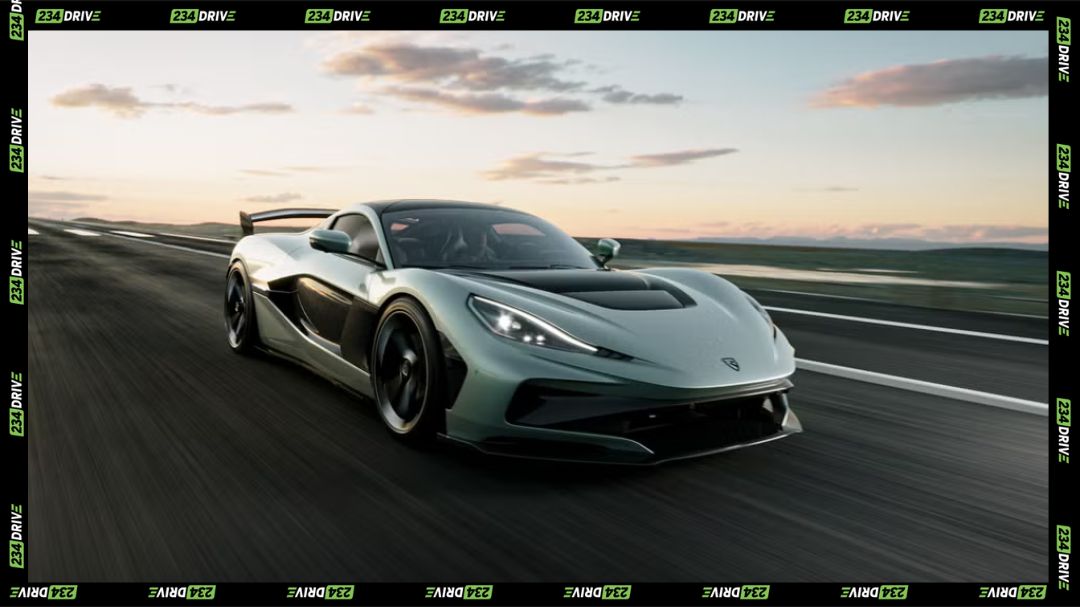
The cabin is minimalist yet packed with technology, built from lightweight materials and equipped with large digital dashboards for performance telemetry. Underneath, the Nevera R uses four electric motors to generate 2,107 horsepower, supported by advanced torque vectoring. The result is neck-snapping acceleration and cornering precision, making it one of the most extreme examples of what electric engineering can achieve in 2025.
Aspark Owl – 1,984 HP
The Aspark Owl from Japan, limited to only 50 units and priced around $3.2 million, looks more like a concept car than something you could buy. Its ultra-low body, wide arches, and flowing aerodynamic lines give it an otherworldly appearance that ensures it stands out even among hypercars. Its design focuses on drag reduction and stability, essential for managing the immense power underneath.
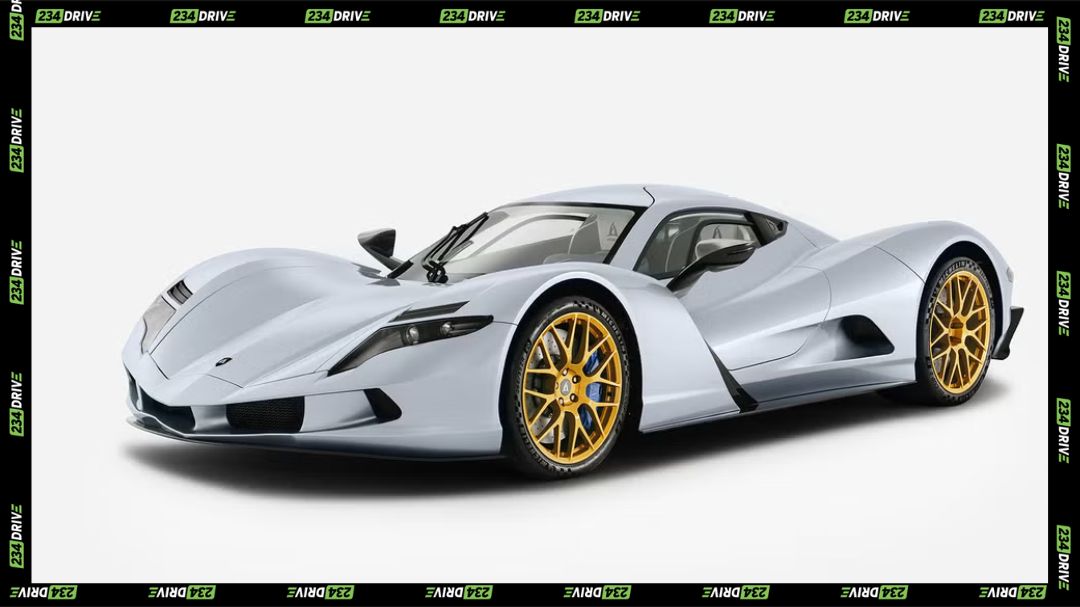
Inside, the cabin continues the futuristic theme, dominated by carbon fibre and digital interfaces. Lightweight yet premium in feel, it matches the exclusivity of the model. Performance is where the Owl shocks most: four electric motors produce 1,984 horsepower, allowing it to sprint from 0–60 mph in under two seconds. This makes it not only one of the most powerful but also one of the quickest production cars in the world.
Lotus Evija – 1,972 HP
Priced at about $2.3 million with a production run of just 130 units, the Lotus Evija represents the British marque’s electric rebirth. The exterior features dramatic sculpting and venting that make it instantly recognisable while providing aerodynamic benefits. Lotus has always been about lightweight design, and the Evija carries that heritage forward into the electric age.
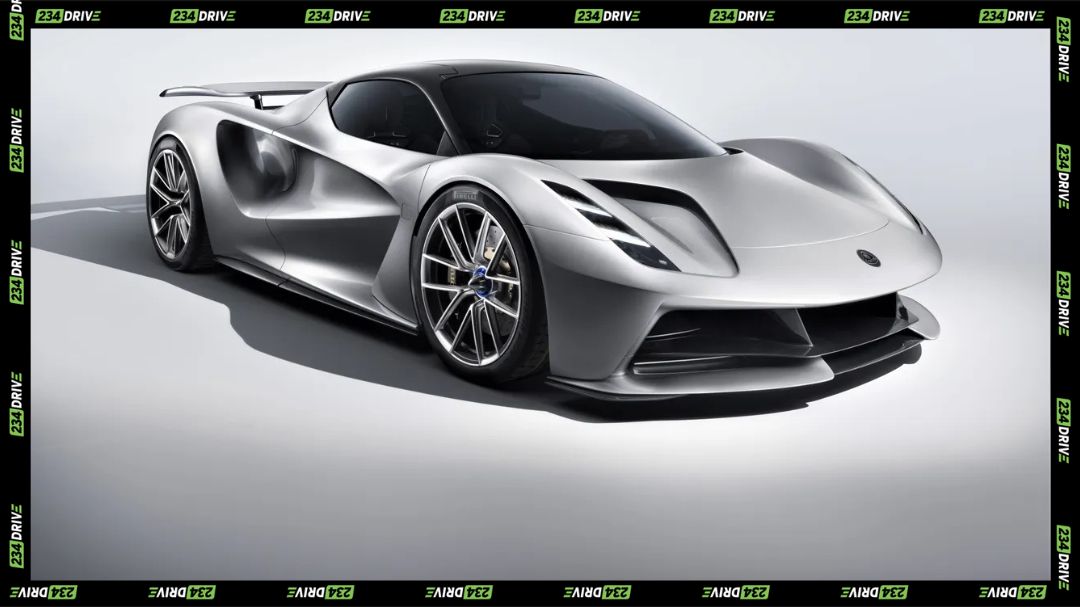
Inside, the Evija offers a futuristic cockpit highlighted by a digital centre display and yoke-style steering. Its four-motor system generates 1,972 horsepower, propelling it into the ranks of the world’s most powerful cars. True to Lotus tradition, it combines explosive acceleration with a focus on handling balance, ensuring that speed never comes at the expense of driver engagement.
Pininfarina Battista – 1,900 HP
The Pininfarina Battista, costing around $2.5 million with production capped at 150 units, blends Italian elegance with electrified performance. Its flowing curves and smooth aerodynamic shaping reveal the craftsmanship of its designers, making it a showcase of both power and artistry. The Battista’s form is as much about emotion as it is about speed.
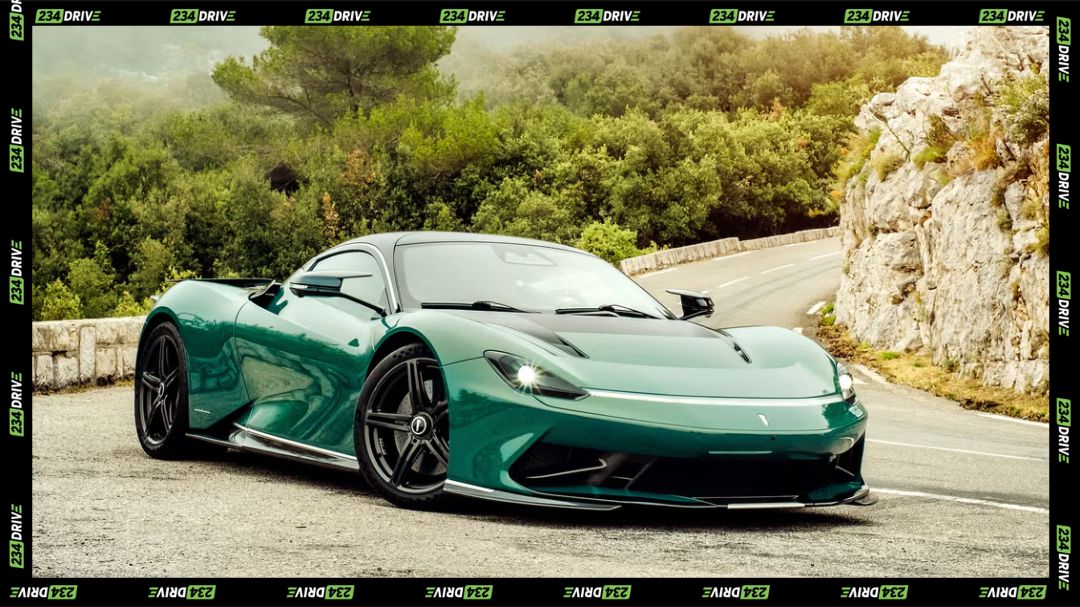
Inside, the car merges luxury and performance, offering bespoke leather finishes, customisation options, and advanced infotainment systems. Producing 1,900 horsepower from a tri-motor setup, it delivers ferocious speed while maintaining a distinctly Italian sense of style. The Battista’s combination of design and engineering makes it a rival to any hypercar in the world.
Pininfarina B95 – 1,877 HP
Even rarer than the Battista, the Pininfarina B95 is priced at approximately $4.8 million with just 10 units available. Its open-top design and sculpted proportions deliver exclusivity and road drama, ensuring it is instantly recognisable. The absence of a roof adds to its allure, making it one of the most striking hypercars of 2025.
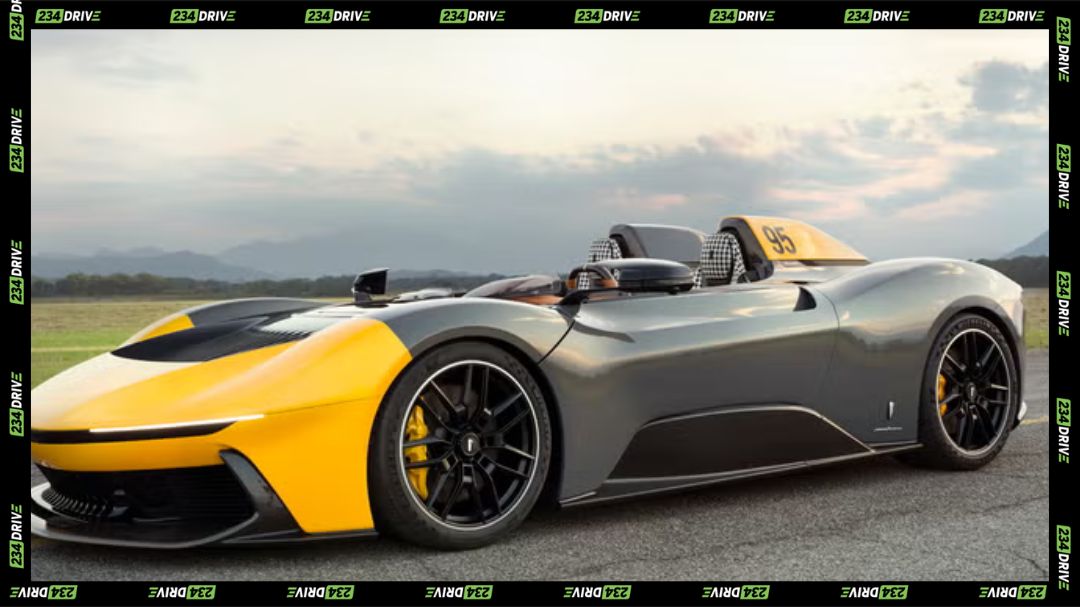
The interior is crafted with Italian precision, minimalist yet luxurious, featuring bespoke materials and cutting-edge digital displays. Four electric motors produce 1,877 horsepower, giving it extreme speed to match its rarity. The B95 is a collector’s dream, offering both performance and prestige in unprecedented proportions.
Hennessey Venom F5 – 1,817 HP
The Hennessey Venom F5, priced around $2.1 million with limited production, represents American hypercar ambition. Its sharp lines, muscular stance, and aerodynamic focus communicate its pursuit of speed records, including the elusive 300 mph barrier. Every element of its exterior is crafted for high-speed stability.
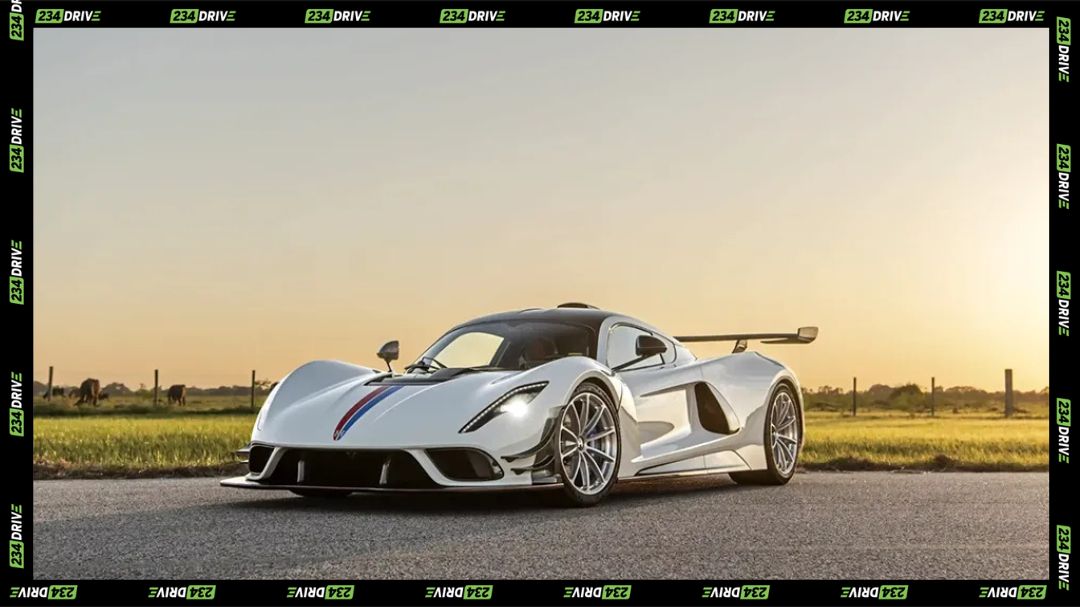
Inside, the Venom F5 is stripped to the essentials with lightweight materials and driver-focused ergonomics. Luxury is minimal, but performance dominates. Its twin-turbo V8 produces 1,817 horsepower, making it one of the last petrol-powered hypercars capable of such extremes. It is a car built unapologetically for speed.
Bugatti Tourbillon – 1,775 HP
The Bugatti Tourbillon, priced at $3.8 million with 250 units planned, balances Bugatti’s heritage with modern innovation. Its flowing design language is unmistakably Bugatti, enhanced by active aerodynamic components that boost both beauty and performance. The Tourbillon ensures that Bugatti remains a central player in the hypercar landscape.
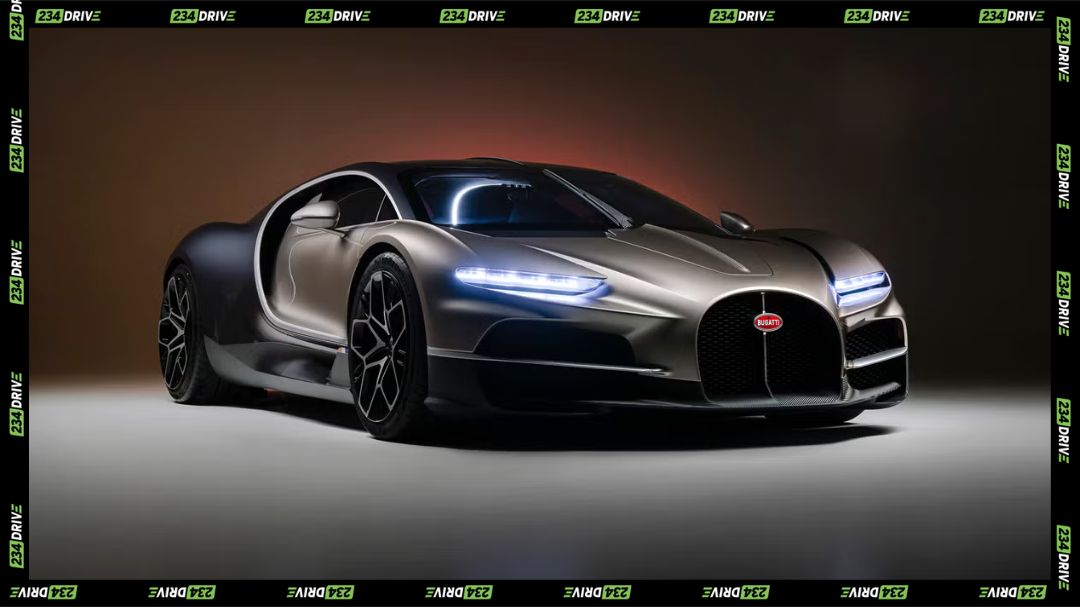
Inside, the car exemplifies luxury, with handcrafted materials, advanced displays, and bespoke detailing. Its hybrid V16 produces 1,775 horsepower, combining Bugatti’s tradition of immense power with the brand’s move into electrification. The Tourbillon maintains Bugatti’s dominance in speed and prestige.
Koenigsegg CC850 – 1,385 HP
The Koenigsegg CC850, costing around $3.7 million with very limited production, pays homage to the brand’s early models. Its design revives heritage cues while integrating modern aerodynamic refinement, giving it both nostalgia and cutting-edge presence.
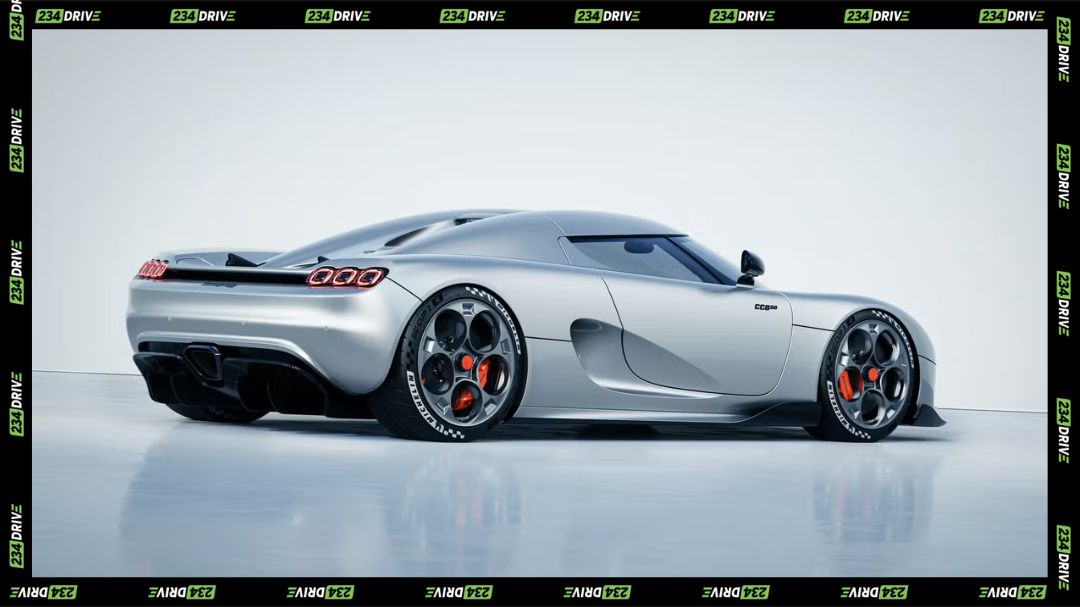
Inside, retro-inspired styling is blended with digital sophistication, making the cabin unique. A hybrid V8 produces 1,385 horsepower, paired with an innovative transmission that mimics manual engagement but offers automatic convenience. The CC850 is both a tribute and a technical showcase.
Czinger 21C VMax – 1,350 HP
Priced at about $2 million and limited to 80 units, the Czinger 21C VMax highlights American innovation with its 3D-printed chassis components and tandem seating layout. Its exterior proportions emphasise speed and advanced engineering, standing out even in this competitive field.
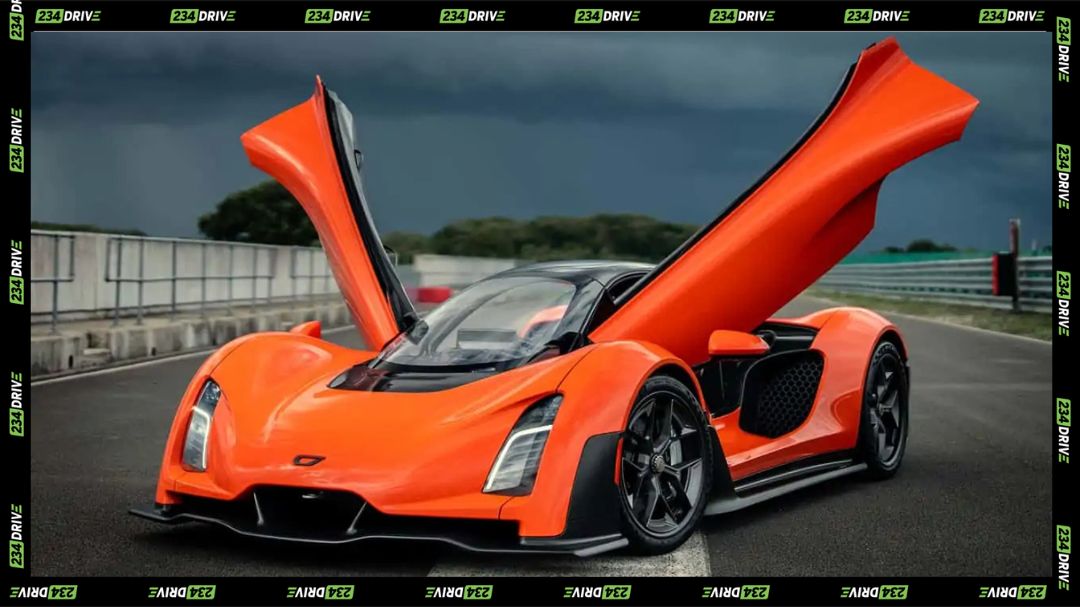
The tandem cockpit creates a race-car atmosphere inside, paired with lightweight structures and futuristic displays. Combining a hybrid V8 with electric motors, the 21C VMax produces 1,350 horsepower. It represents a bold new direction for hypercar manufacturing, blending extreme performance with groundbreaking production methods.
Competition and Market Standing
Ranging from $1.7 million to nearly $5 million, these hypercars command extraordinary prices justified by exclusivity, advanced technology, and brand prestige. Limited production runs help secure strong resale potential, and their performance figures set new industry benchmarks.
When measured against rivals, all-electric models dominate acceleration and efficiency, while hybrids and petrol-powered hypercars continue to appeal to purists who value engine character and traditional driving sensations. In this rarefied market, worth is not defined by practicality but by rarity, innovation, and the lasting impact these machines have on automotive history.
Implications for the Global Stage
Across Africa and in much of the world, these hypercars function more as statements of wealth and engineering milestones than as practical daily drivers. In regions like Nigeria, poor road conditions, limited infrastructure, and extreme climates restrict everyday usability. Petrol-powered machines such as the Venom F5 benefit from established fueling networks, while electric hypercars struggle with inadequate charging support. Yet the symbolism attached to them ensures that they continue to spark interest among collectors, enthusiasts, and those who see them as cultural and technological benchmarks.
Conclusion
The 2025 hypercar lineup reflects a golden age of engineering, design, and exclusivity. From Koenigsegg’s record-breaking Gemera to Czinger’s innovative 21C VMax, each model offers a unique take on performance. While impractical for daily use, they redefine what’s possible in road-legal vehicles.
Which of these hypercars excites you the most?


